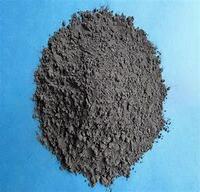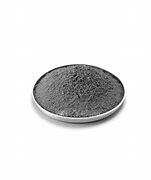**The Boron Mystery: Who Cracked the Case?**
(Who Found Boron)
Picture this: a world where scientists are like detectives, hunting for hidden elements. In the early 1800s, chemistry was booming. New elements popped up like clues in a thriller. Boron, a quirky element we now use in everything from glass to rockets, was one of these mysteries. But who actually found it? Let’s dig into the drama.
First, meet Sir Humphry Davy. This British chemist was a rockstar of his time. He’d already discovered sodium and potassium by zapping chemicals with electricity. In 1808, he turned his attention to a weird substance called borax. People had used borax for centuries in cleaning and metalworking, but no one knew what it was made of. Davy tried his electric tricks on borax. He got a dark, crumbly stuff he called “boracium.” Problem is, it wasn’t pure boron. Close, but not quite.
Enter the French. Just months after Davy’s attempt, two chemists—Joseph Louis Gay-Lussac and Louis Jacques Thénard—took a swing at borax. These guys were rivals with Davy, racing to crack nature’s secrets. Instead of electricity, they used potassium, a metal so reactive it bursts into flames in water. They heated borax with potassium in an iron tube. Boom! A new substance appeared. It was darker and harder than Davy’s version. They called it “bore.” This was closer to pure boron.
Wait, so who gets credit? Davy or the French duo? Science isn’t always fair. Both teams found boron, but neither got it 100% right. Their versions were still mixed with other stuff. Pure boron wouldn’t show up until 1909, when an American chemist, Ezekiel Weintraub, finally nailed it. But history books usually tip the hat to Gay-Lussac and Thénard. Why? Their method was cleaner, and they shared the spotlight. Davy, meanwhile, was busy discovering like five other elements.
Here’s the kicker: boron’s discovery wasn’t a solo mission. It was a tag team effort across countries and decades. Even the name “boron” comes from “borax,” which traces back to the Arabic “buraq” and Persian “burah.” Science is messy. It’s a mix of rivalry, teamwork, and happy accidents.
Boron itself is a weirdo. It’s brittle but tough, melts at stupidly high temperatures, and hates conducting electricity. Today, it’s in your phone screen, tennis rackets, and even nuclear reactors. Not bad for an element that had scientists scratching their heads 200 years ago.
The story of boron isn’t just about who found it first. It’s about how science works. Mistakes happen. Rivalries fuel progress. Every “Eureka!” moment stands on the shoulders of old experiments, wrong guesses, and stubborn curiosity. Next time you pick up a Pyrex dish, remember: it took a globe-trotting, century-spanning detective story to put that boron in your kitchen.
(Who Found Boron)
And hey, if you ever feel stuck, think of those 19th-century chemists. They didn’t have Google or fancy labs. Just fire, metal, and a lot of patience. Sometimes, the best discoveries come from trying, failing, and trying again—with a dash of potassium thrown in.
Inquiry us
if you want to want to know more, please feel free to contact us. (nanotrun@yahoo.com)




